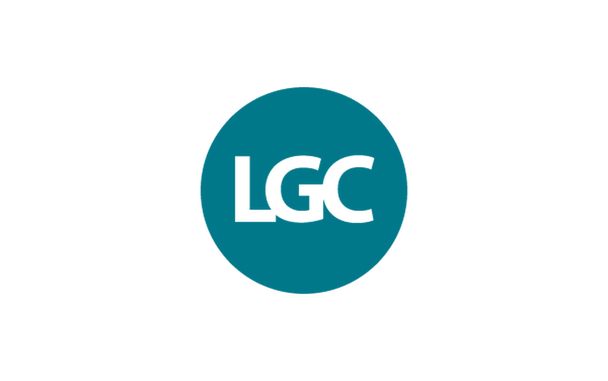Description
MOUSE ANTI-MARBURG VIRUS (FM44))
Mouse anti Marburg virus antibody (clone FM44) recognises high molecular weight material under non-reducing conditions and ~30K protein band under reducing conditions in Western blotting. The antibody is suitable for Western blot and ELISA applications.
PRODUCT DETAILS – MOUSE ANTI-MARBURG VIRUS (FM44)
- Mouse Anti Marburg virus antibody (clone FM44) monoclonal antibody.
- Suitable for use in ELISA and Western blot applications.
- Purified by Protein G Sepharose chromatography.
- Presented in phosphate buffered saline, pH 7.2 with 0.09% sodium azide.
BACKGROUND
Marburg virus (MARV) is a hemorrhagic fever virus of the Filoviridae family and a member of the species Marburg marburgvirus, genus Marburgvirus. MARV causes a form of viral hemorrhagic fever in humans and nonhuman primates and is considered to be extremely dangerous. The virus can be transmitted by exposure to Old World fruit bats or it can be transmitted between people via body fluids.
Marburg virus and Ebola Zaire, Sudan, Taï Forest, and Bundibugyo viruses cause severe hemorrhagic fever in humans, and sporadic cases cannot be distinguished clinically from other causes of hemorrhagic fever including Lassa fever, Crimean-Congo hemorrhagic fever, yellow fever, or even malaria (Burrell et al., 2017). Filoviruses cause the most severe hemorrhagic fever in humans. The incubation period for Marburg and Ebola is generally 4–10 days followed by abrupt onset of fever, chills, malaise, and myalgia. The patient rapidly deteriorates and progresses to multisystem failure. Bleeding from mucosal membranes, venipuncture sites, and the gastrointestinal organs occurs followed by disseminated intravascular coagulation. Death or clinical improvement usually occurs around day 7–11. Survivors of the hemorrhagic fever are often plagued with arthralgia, uveitis, psychosocial disturbances, and orchitis for weeks after the initial fever (Ryan, 2016). Actual treatment of the virus after infection is not possible but early treatment of symptoms like dehydration increases survival chances (WHO). No licenced treatment or licenced vaccine is currently available.
Marburg virions are filamentous particles that contain non-infectious, linear non-segmented, single-stranded RNA genomes of negative polarity that possess inverse-complementary 3′ and 5′ termini, do not possess a 5′ cap, are not polyadenylated, and are not covalently linked to a protein. Marburgvirus genomes are approximately 19 kb long and contain seven genes in the order 3′-UTR-NP-VP35-VP40-GP-VP30-VP24-L-5′-UTR (Bharat et al., 2011). Particles are surrounded by a lipid membrane derived from the host cell membrane. The membrane anchors a glycoprotein (GP) that projects 7 to 10 nm spikes away from its surface. Niemann–Pick C1 (NPC1) cholesterol transporter protein is thought to be essential for infection with both Ebola and Marburg virus (Carette et al., 2011; Côté et al., 2011). While nearly identical to Ebola virions in structure, Marburg virions are antigenically distinct.
REFERENCES
- Bharat et al. (2011). Cryo-electron tomography of Marburg virus particles and their morphogenesis within infected cells. PLoS Biol. 9(11).
- Burrell et al. (2017). Fenner and White’s Medical Virology (Fifth Edition) 2017, Chapter 28 – Filoviruses. Pages 395-405.
- Carette et al. (2011). Ebola virus entry requires the cholesterol transporter Niemann-Pick C1. Nature. 477(7364):340–343.
- Côté et al. (2011). Small molecule inhibitors reveal Niemann-Pick C1 is essential for Ebola virus infection. Nature. 477(7364):344–348.
- Ryan, JR. Chapter 3 – Biosecurity and Bioterrorism (Second Edition) Containing and Preventing Biological Threats 2016, Category A Diseases and Agents. Pages 51-84
- World Health Organisation (WHO). Marburg virus disease. 15 February 2018.






